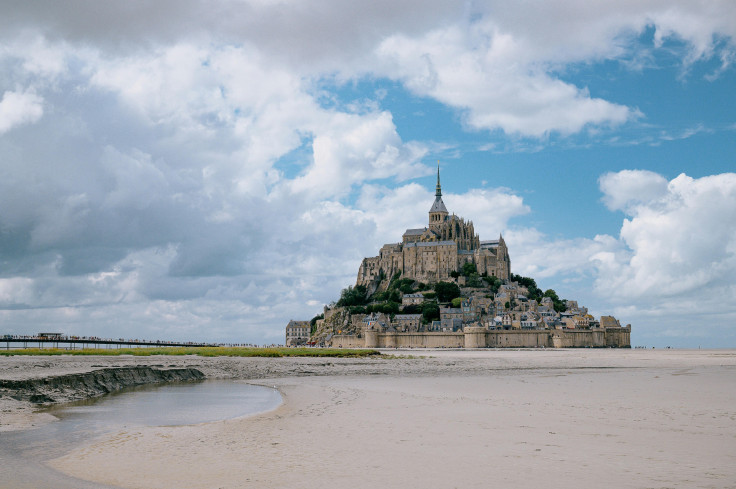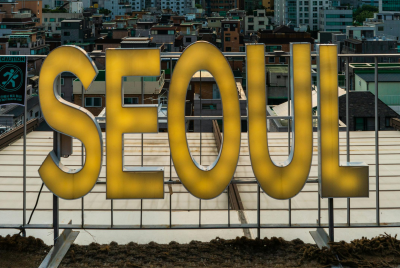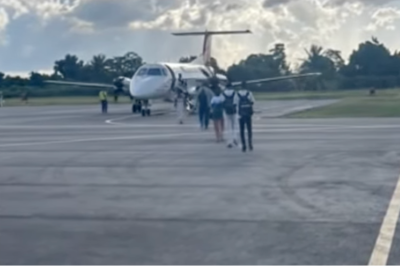The New Pilgrimage: Why Normandy Still Draws Us In
From the D-Day beaches to Mont-Saint-Michel, Normandy offers a layered journey through war, culture, and the origins of modern Europe

Normandy carries more history per mile than almost any other region in France. You see it in the layout of the towns and the preserved scars of coastal cliffs. It's in the markers that name what happened, where, and when. But for all the weight of its past, it's not presented like a monument. It's a place where people live.
That's why slowing down matters. Without context, it's just countryside. With it, every stop adds dimension to the war, to the culture, to the idea of France itself. More than a destination, Normandy is a place where memory actively shapes the present.
Where Memory and Geography Intersect
Take the D-Day beaches. Omaha, Utah and Gold. The names are familiar. But the geography still surprises most people. Distances between the landing sites are greater than expected. The terrain is uneven, unpredictable, and often deeply quiet.
A Normandy tour with Pariscityvision offers more than logistics. It helps tie together what's otherwise disconnected: German bunkers in one direction, Allied memorials in another, small towns that rebuilt after being destroyed. It's the kind of experience that makes history visible, not just explained.
Some tours include stops at Pointe du Hoc. The cliffs still bear the impact of bombardments. Others go to Sainte-Mère-Église. A parachute replica hangs from the church — a tribute to a soldier who got caught there. Every site gives a slightly different view. Not just of what unfolded, but what it meant.
A Layered Kind of Remembrance
There's a reason why veterans, students, and families keep returning. These aren't just sites of war. They're places where the shape of modern Europe began to take form. The museums are detailed but accessible. The cemeteries are stark but peaceful. The overall effect isn't theatrical, and it doesn't try to be. It's about recognition. You begin to understand how fragile the present feels when you're standing where it almost didn't happen.
Mont-Saint-Michel: A Different Kind of Timeline
Not everything in Normandy is tied to the 20th century. Mont-Saint-Michel, for example, tells a story much older. Pilgrims once walked for days to reach it. Today, visitors follow a causeway that is submerged by the tide. It's as much a feat of medieval engineering as a religious site.
And yet, it fits into the same narrative. It illustrates how Normandy encompasses multiple timelines simultaneously. One shaped by belief. One shaped by conflict.
A Shift in How We Travel
Tourism in Normandy isn't only about checking sites off a list. It's about understanding why people return to them. There's a reflective quality to the experience. You move between sites that ask you to think differently about space and time. Some moments are deeply personal. Others are shared with everyone in a group.
That's part of the value of going with a guide. You still get space to process, but you also get the historical framing that makes those moments possible. Normandy's landscapes connect eras and events in ways that only become clear when viewed side by side.
A Region That Resists Simplification
Normandy isn't easy to summarise. It's coastal but not exactly relaxing. It's historic but not frozen in time. Its landmarks aren't just preserved, they're integrated into daily life.
And that's what makes it worth visiting. You're not walking through a textbook. You're seeing how places carry memories, conflicts, and cultures. To understand modern Europe, or to grasp how history shapes places, it is helpful to start here.
© Copyright IBTimes 2025. All rights reserved.





















